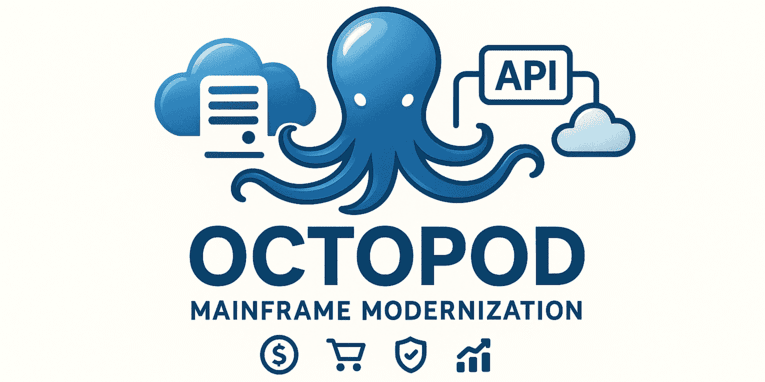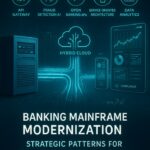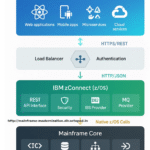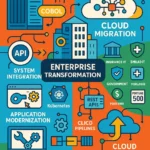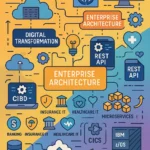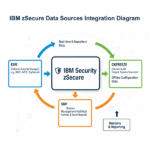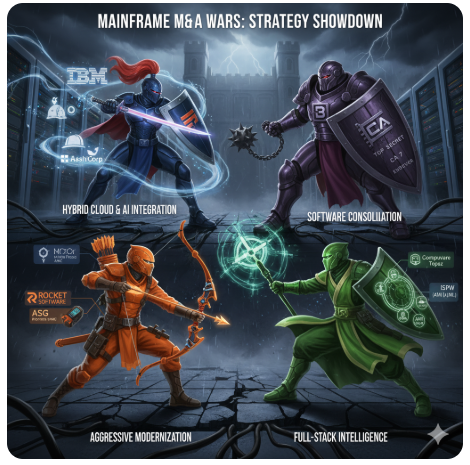Mainframe experts are retiring, but the systems that process 30 billion transactions daily are not going anywhere. The core challenge in enterprise IT is no longer if you can modernize the mainframe, but how. This article dissects the radical M&A moves defining the mainframe software market: Is IBM's strategy of using OpenShift and watsonx to make the mainframe a cloud-native node brilliantly future-proof, or are they burning cash? Is BMC's focus on Compuware DevOps tooling the most practical solution to the skills gap? Or will Broadcom and Rocket simply succeed by controlling the essential legacy tools? The outcome of this war will determine the architecture of the global economy for decades to come.
